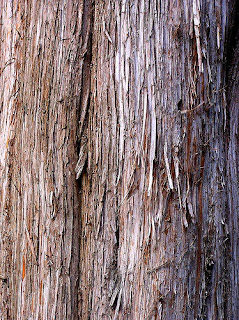Also known as: subalpine fir, white fir, grand fir, red fir
Parts used: inner and outer bark, needles, branches, pitch
Meridians/Organs affected: respiratory, urinary
Properties: antiseptic, expectorant, vulnerary
Fir is an evergreen tree, like so many others. It is a coniferous tree with thin, smooth bark that bulges with pockets of resin. The branches are thin and whorled and the needles are flattened and twist upwards. The cones are upright and cylindrical appearing from May to July. The subalpine fir has rounded tips on its branches and grows on the alpine slopes from the southern Yukon in Alaska to New Mexico. The white fir has pointed needles with white lines on both sides and it grows from southern Idaho and Wyoming to New Mexico. The grand fir has notched blunt needles with white lines on the under surface only. It grows from southeastern BC to Idaho and Wyoming.
The fir tree has a resin called fir balsam that the native americans used for religious and medicinal purposes. The needles tea was mixed with deer grease and used as a hair treatment. It was also used for colds. The needles were dried and powdered and used like baby powder or rubbed on the body as perfume and as insect repellent. It was also used in this manner to sprinkle on runny open sores and mixed with tallow to use on wounds, cuts, bleeding gums, ulcers, and skin infections. They were also used in poultices for chest colds and fevers. The needles were also burned as incense and hung on walls to freshen the air. The smoke from the burning needles was inhaled for fainting, venereal diseases and headaches. The needles are also high in vitamin C and a good source of nutrition. They are diuretic and help to expel phlegm from the lungs. White fir branches were used to make tea for malaria and to stimulate urination. The burning of the wood was thought to bring protection and to stimulate confidence in those who were afraid of thunderstorms. The smoke was also used to cure sick horses. The cones were ground up into a powder and mixed with marrow and eaten as a delicacy. The inner bark was ground and was also mixed with flour to extend food supplies during shortages (this wasn't considered too tasty..just necessary). The cones were said to help with digestion. The pitch was used alone or in tea for colds, tuberculosis, asthma and coughs. In larger amounts it would cause vomiting. It was also used as an antiseptic for bruises and sores, cuts and wounds. The resin was chewed for bad breath. The resin can also cause skin reactions in some people though so use it with caution. The bark should be gathered in the early spring as should the sap. As is customary with my posts I am including some links below that you might find useful. Happy and healthy living!
http://www.amazon.com/NOW-Foods-Balsam-Fir-Needle/dp/B0014UEG50/ref=sr_1_5?ie=UTF8&qid=1383009156&sr=8-5&keywords=fir+needle
http://www.amazon.com/Thymes-Frasier-Aromatic-Candle-Needle/dp/B00EJ9N5RS/ref=sr_1_3?ie=UTF8&qid=1383009218&sr=8-3&keywords=fir+needle
http://www.amazon.com/Seeds-Things-Balsam-Balsamea-Christmas/dp/B00AJ09ZK2/ref=sr_1_10?ie=UTF8&qid=1383009218&sr=8-10&keywords=fir+needle
http://www.amazon.com/Essential-Patchouli-Frankincense-Meditation-Cedarwood/dp/B002RXIIHU/ref=sr_1_14?ie=UTF8&qid=1383009218&sr=8-14&keywords=fir+needle















